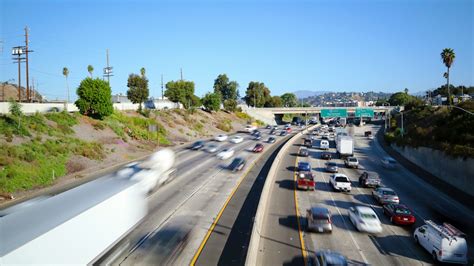In a move aimed at improving traffic safety, the California Senate has passed a bill mandating the installation of passive speed limiters in all new vehicles by 2029. According to the text of SB 961, the system will use GPS to compare the vehicle’s location with a database of posted speed limits. Drivers will be alerted with a brief visual and audio signal if they exceed the speed limit by more than 10 miles per hour. While the initiative has sparked a buzz of approval among safety advocates, it has also raised multiple concerns regarding its efficacy and implementation.
One of the primary issues highlighted by the public is the reliability of speed limit databases. Users on platforms like Google and Apple Maps frequently encounter out-of-date speed limits, often leading to confusion and misnavigation. A similar issue could plague the new legislation if car manufacturers rely on their proprietary databases, which may not be regularly updated or accurate. This poses a crucial question: should the state maintain the database for consistency? Barring such centralized control, the law might fall short by merely adding another layer of complexity to the existing road safety framework without delivering substantial results.
Moreover, many members of the automotive community emphasize the limitations of GPS technology. Standalone GPS is often insufficiently accurate, particularly in areas with complex road layouts or poor satellite visibility, which could lead to incorrect speed limit assessments. Some modern vehicles use vision systems to identify current speed limits by reading road signs in real-time. These systems are not only more dynamic but also bypass the need for an extensive, and potentially flawed, speed limit database. Could combining GPS and vision systems form a more reliable solution?
Manufacturers might also be tempted to monetize access to updated speed limit databases, escalating vehicle maintenance costs for consumers. As pointed out humorously yet seriously in various comments, the perfect storm of unresponsive manufacturers and chargeable updates could lead to a situation where essential updates are either delayed or overcharged. Indeed, many users have recounted stories of their car systems navigating via outdated maps unless they purchased expensive updates. Thus, it is crucial that the legislation mandating the speed limiters also ensures free and timely updates to maintain the system’s credibility and effectiveness.
The concept of a mere alert system rather than an active speed limiter has also been a point of contention. Some contend that alerting drivers might not be sufficient to prevent speeding incidents, especially amongst those who frequently disregard speed limits. An active speed limiter, which physically restricts the car’s speed to the posted limit, would arguably offer a more direct solution to speeding. However, this brings up additional debates around safety and control, with opponents arguing that such systems could pose risks in scenarios requiring immediate acceleration, such as overtaking or avoiding potential road hazards.
In the backdrop of geopolitical intrigue, comparisons were drawn with European legislation where similar measures are already in effect. The European Union passed a ruling for all new cars to have speed limiters by 2024, setting a precedent for large-scale implementation of such technologies. Evaluating the results of these measures and understanding their impact on road safety and driver behavior could provide California with crucial insights. Although well-intentioned, the road to implementing passive speed limiters in vehicles is fraught with technological, practical, and legislative hurdles. Policymakers must tread carefully, ensuring that the system introduced is both functional and beneficial to all stakeholders involved.
As mentioned in multiple user discussions, one of the simplest yet most effective solutions to control speeding remains good old-fashioned law enforcement. Imposing stricter vigilance and encouraging a culture of law-abiding behavior may address speeding concerns more swiftly than relying entirely on technological interventions. However, the cultural shift towards responsible driving takes time and consistent effort. Ultimately, a multi-faceted approach combining legislative action, technological innovation, and traditional law enforcement might be the best way forward in tackling the persistent issue of speeding on public roads.


Leave a Reply